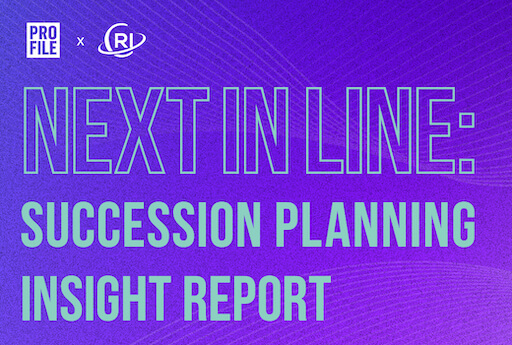|
Getting your Trinity Audio player ready...
|
Those entering the world of PR today might consider the past some sort of easy-as-pie bygone era. Years ago, companies weren’t expected to take stances on, well, anything. They just let their product or service speak for itself.
But that’s no longer the case. Today, companies that are seen as hedging on or not committing to their professed values are taken to task by the court of public opinion—including by younger employees who increasingly want their companies to speak out about social issues. As a result, we see companies releasing statements and tweeting right and left about their positions on everything from abortion to racism to LGBTQ+ issues to climate change.
Unfortunately, especially when they are inauthentic or off-brand, those statements can engender just as much backlash as not professing an opinion at all. It’s a tricky line to walk, and it’s up to PR and communications experts to help their organizations survive—and thrive—in this hyperpolarized, hyperpoliticized, constantly shifting world.
We asked the experts for their top tips:
Identify Your Passion Points
Don’t wait until the next crisis or controversy to figure out what issues and topics your company should weigh in on.
Using your company’s core values as a guidepost, sit down with your organization’s leadership to figure out “what issues you’re passionate about, what issues your organization is passionate about, and what you feel it’s important to speak about publicly,” advises Simone McDowell, a senior vice president and partner at boutique PR agency Magenta Communications.
When the next controversy inevitably erupts, you’ll have an authentic and values-led strategy in place to help you determine whether and how your company should respond. And in a world where public sentiment can change on a dime, a business that knows where it stands is, for better or worse, at least on solid ground.
Reflect on Your Risk-Taking Ability
Taking a stance on a controversial issue, even if that stance aligns with your company’s core values, can be a risk. You might be able to appeal to a whole new audience, McDowell notes. But your company might also see a drop in its sales, since consumers on both sides of the political aisle are willing to walk away from companies, products, and individuals that don’t share their values.
The best PR leaders will keep in touch with sales and finance colleagues and reach out to them when they’re thinking of making a statement to see if their organization is in a strong enough position to weather the possible backlash.
Be Bold When Necessary
The COVID-19 pandemic is a perfect example of hyperpolarization. In fact, Americans’ widely varying views on the crisis represented one of the biggest challenges that Rodrigo Sierra, the chief communications officer at the American Medical Association (AMA), has faced in his career as a PR professional.
“We were thrust into the center of a controversy because of the nature of what we do,” Sierra explains. “We, like everyone else, didn’t know how long the pandemic was going to last, and thirty months later we’re still managing the aftermath.”
The dis- and misinformation that abounded regarding both the virus itself and the government’s vaccination efforts required the AMA to act. With people ingesting horse dewormer as alternative treatment, Sierra and his team did not have the option to simply sit back and let people figure out the truth for themselves. And when they did speak out, they wanted people to pay attention.
So, Sierra made a bold decision. “Three weeks into the pandemic, we had our then-president deliver a speech at the National Press Club on the importance of believing in science,” he says. “We now see the mess that’s made when people stop believing in basic facts. People can get sick. People can die.”
Don’t Take a Stance Just to Take a Stance
Sometimes an issue or cause won’t clearly align with your company’s core values or business objectives. Sometimes your company will need more time to think through and articulate their position on a complex issue.
For these and many other reasons, the best decision is sometimes to just sit back, take a beat, and consider. In fact, according to Forbes, less than 10 percent of companies issued a public statement about their stance on abortion following the Dobbs vs. Jackson ruling, while another 10 percent were still weighing whether to make such a statement at the time of the survey.
Practice What You Preach
Companies making pledges need to understand that they will be held to a higher standard on that issue. Nothing on the internet ever really dies, and today’s savvy, passionate consumers are willing to dig deep to find out more about the companies and products they support. So don’t make any kind of statement about your company’s values and beliefs unless that claim can hold up to scrutiny.
“Companies need to examine their core beliefs and back them up with action,” McDowell says. “If you are consistently speaking about diversity and there isn’t a Black person to be seen on your org chart, what kind of a message are you really sending?”















